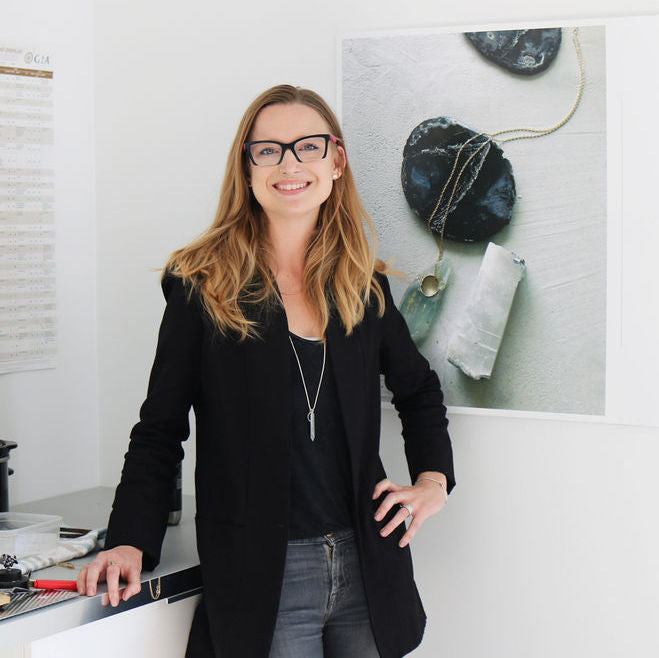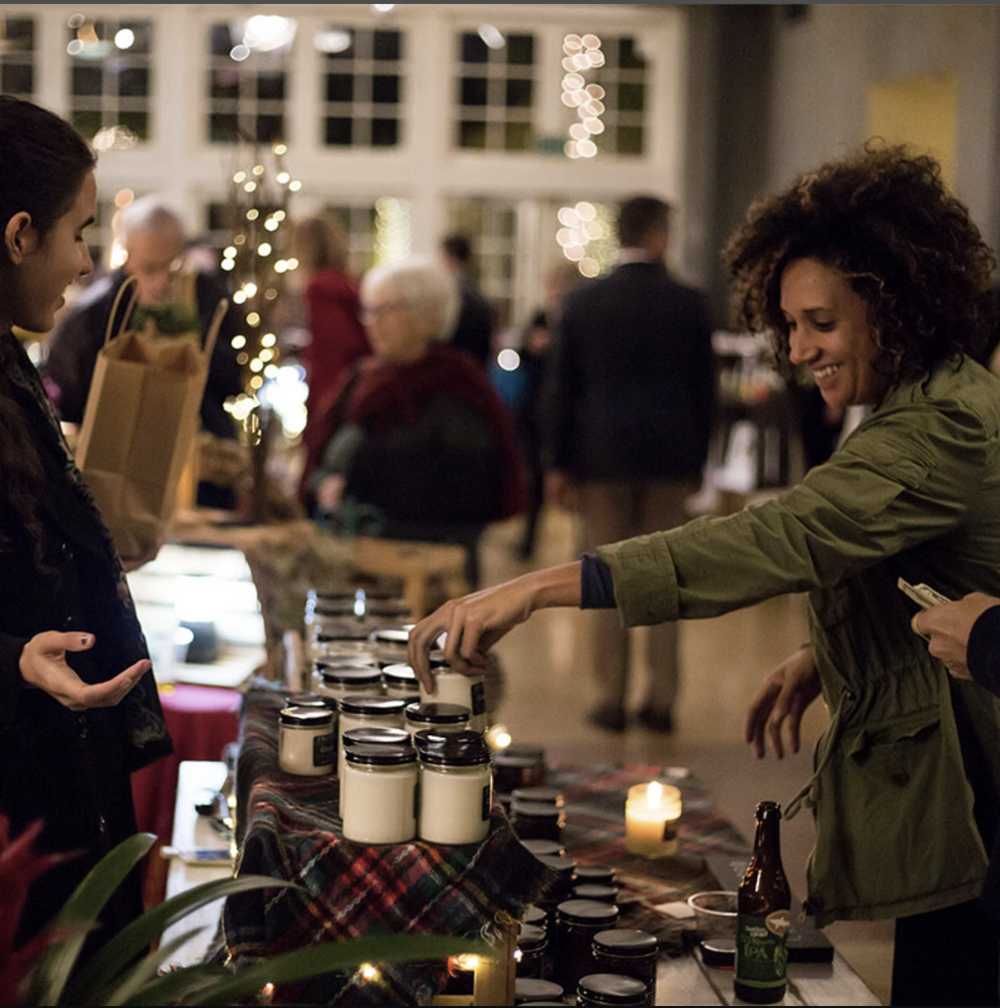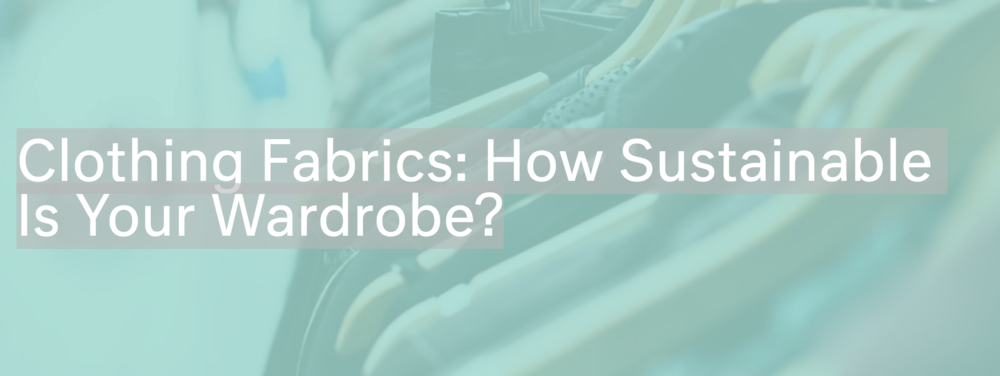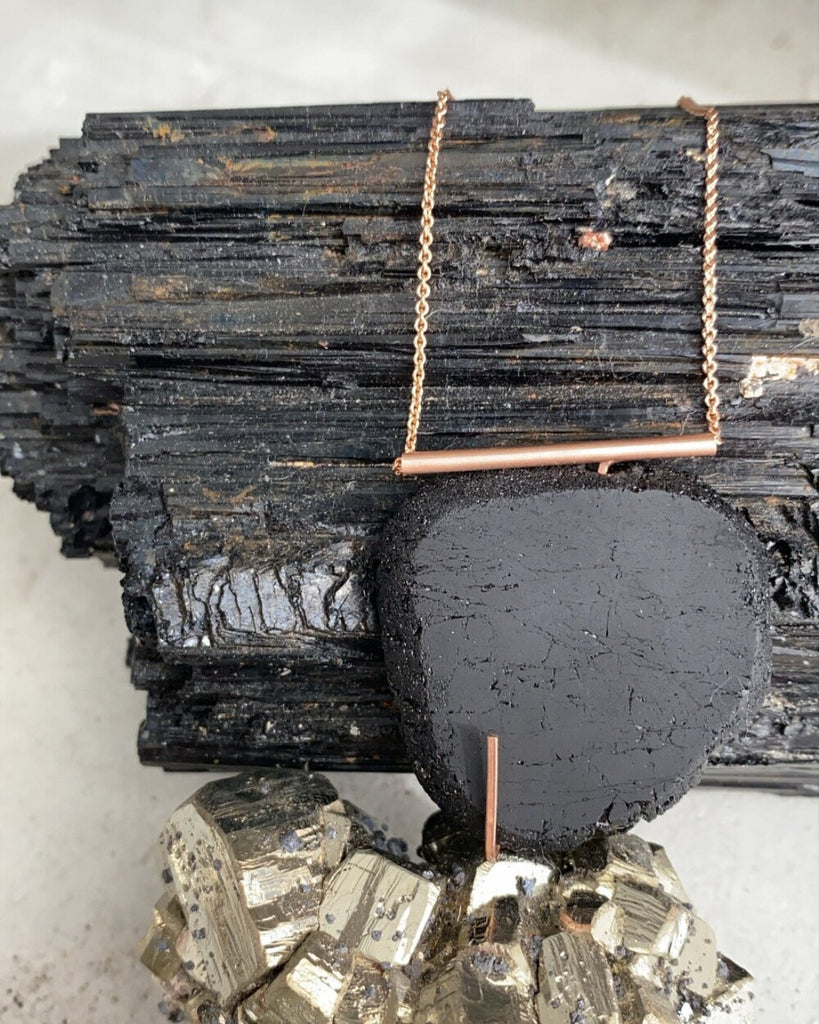Why I Chose to Give Up Fast Fashion (And What I Learned Along the Way)
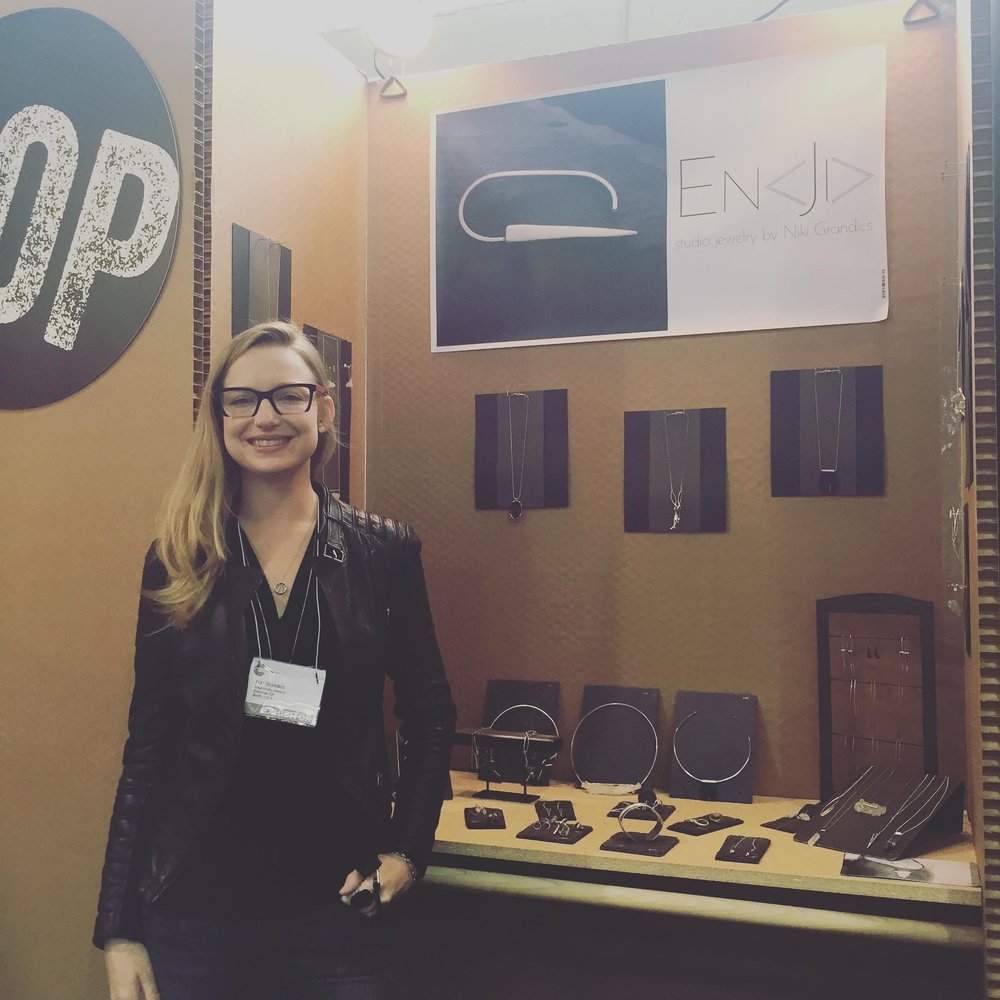
I feel infinitely blessed to be able to pursue a career in the jewelry industry and create pieces for women who want to change the world. I have always had a love for fashion and jewelry and like a lot of people my age, I would shop somewhat often and also shopped at fast fashion retailers like H&M and Zara. Ultimately it was the Rana Plaza collapse in 2013 that opened my eyes to this aspect of the industry and led me to begin exploring these issues and more ethical and sustainable paths. I set out on this path hoping to have a clearer conscience and maybe a few extra dollars in my bank account, it has led me to learn some unexpected lessons and ultimately helped shape the ethos of my business as well.
I do also highly suggest watching Andrew Morgan’s documentary, “The True Cost”, which goes in depth into the effects of fast fashion from both a social and environmental standpoint. It shows the pressure the industry’s increasingly fast pace places on it’s supply chain. While the fashion industry used to focus of two to four seasons per year, it has shifted to an unsustainably fast system that churns out new trends weekly and even daily. It’s important to note too that this pressure comes from us, the consumers. By choosing to buy less, buy “slow”, or buy vintage and secondhand, we reduce demand and pressure on the supply chain.
Community
Sometimes it feels like there is an “underground” of people that are in the sustainable and ethical fashion space, but I’ve noticed this is starting to spread more and more into mainstream society. This experience has definitely opened my eyes and connected me with an amazing community of designers, wholesalers, boutique owners, writers, and consumers who are exploring this and supporting each other’s achievements. There is a strong community of people doing what they can to create positive change in the industry and the community and being exposed to such inspiring people definitely helps.
Knowledge
What was also pretty surprising to me is that a lot of people just don’t know about where their clothes come from or how they’re made. What has been an even more shocking learning experience is that a lot of people also just don’t care and have no thoughts or considerations on how their wardrobe was made. Clearly it’s not my place to judge, seeing as a few short years ago, I was in their shoes, but this is where I think more education is key. I have definitely turned into that person who will talk about those points and try to convince them to watch “The True Cost”. What I’ve learned though is that over time, these facts become harder and harder to ignore, and it’s hard to continue excess consumption once you’re aware of the impact.
Recycling
Much to my surprise, I also learned that donating your old clothes might not always be the most sustainable option. Many clothes that are donated aren’t fit for reselling and end up in a landfill as a result. As of 2016, Americans toss an estimated 80 lbs of clothing per person per year, or 14 million tons total which is mind blowing. And often donating clothes just shifts the burden of disposing them to charity organizations, which are already flooded with donated clothing. Instead of throwing them away or donating, try organizing a swap with friends or having a garage sale. It’s always a good feeling knowing that you can extend the life of that piece of clothing by finding it another home.
It’s Complicated
Like the jewelry industry’s supply chain...it’s complicated. The fashion industry is globally one of the largest employers and also one of the worst polluters. It can definitely feel like a massive black hole and it can be overwhelming when you first decide to change your shopping habits or look into brands, but any positive change, no matter how small, is a step in the right direction. Don’t try to tackle all the issues at once. It can be easier to start by deciding on what you value most, whether it be local sourcing, sustainable or organic fabrics, ethical production, or production that is cruelty free. Start somewhere and work towards better purchasing habits.


